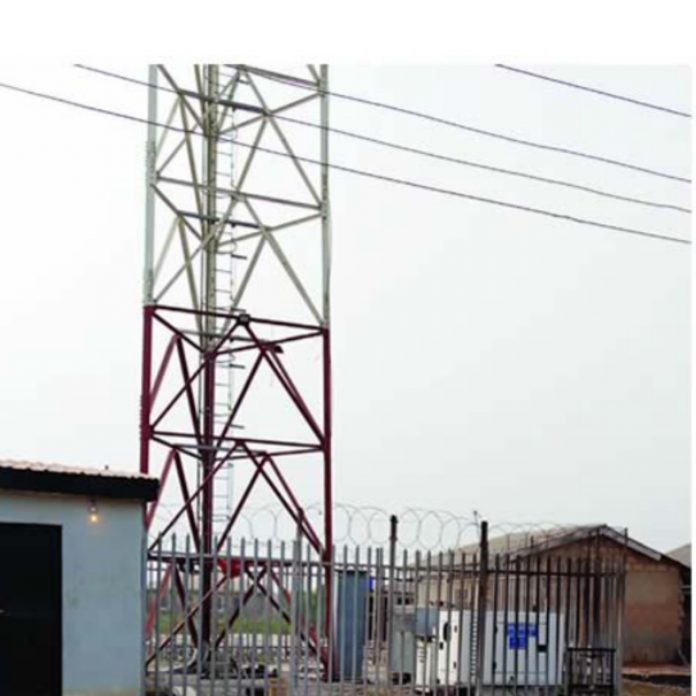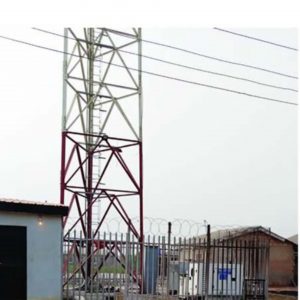Telecommunicatiom mast
By Our Reporter
The telecommunications and Information Services sector in Nigeria, in the first quarter of 2023, contributed N2.508 trillion, in terms of financial value contribution to the nation’s Gross Domestic Product (GDP), representing 14.13 per cent.
Figures released by the National Bureau of Statistics (NBS) showed that the sector recorded a 4.3 per cent increase from its performance in the last quarter of 2022, when it recorded 13.55 per cent.
When compared on a year-on-year basis, the growth showed positive progression from 12.94 per cent in the first quarter of 2022 to the 2023 figure of 14.13, which is an approximate growth of 9.19 per cent.
According to a statement, yesterday, from the Nigerian Communications Commission, signed by Director of Public Affairs, Reuben Mouka, the percentage of telecoms contribution to GDP was calculated from 46 distinct sectors of the economy, which comprise telecoms and information services baskets.
The country’s telecoms industry has continued its show of positive outlook, which is credited to innovative and predictable regulatory environment promoted and implemented by the NCC.
One of the key highlights of the telecoms industry performance within the period was the generation of $820.8 million for the Federal Government from 5G spectrum licences fees paid by three eventual winning operators, MTN, Mafab and Airtel.
Following issuance of the licences in December 2021 to MTN and Mafab, both companies have launched 5G services. Airtel, which received its licence in December 2022, is set to launch services this month, June 2023.
Another major development in the sector was the launch of Starlinks broadband services, a satellite-based wireless broadband services with potential nationwide coverage. This followed the issuance of licence to the Elon Musk-owned SpaceX by the commission. The services are now available in different parts of the country.
Meanwhile, the growth statistics of the telecoms industry are showing an impressive record of contributions to the economy. The number of phone subscribers, as of April 2023, stood at 223.6 million, scoring a teledensity of 117 per cent. Internet subscribers for the same period were 157 million, while broadband subscriptions stood at 92 million, translating to 48 per cent broadband penetration in the country.


